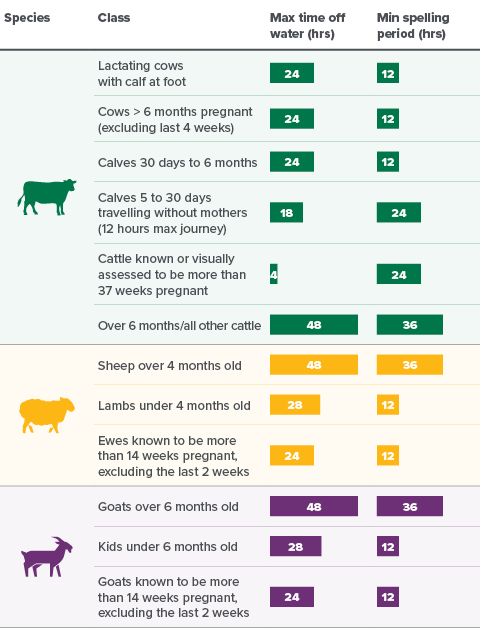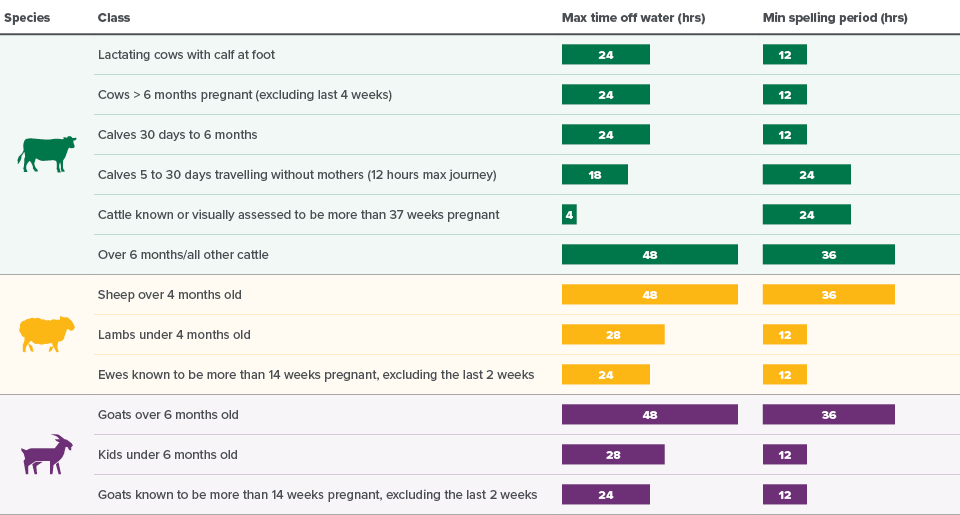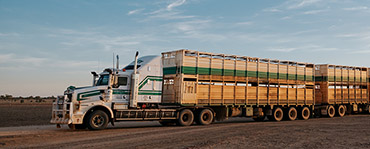Livestock preparation guidelines
This Hub provides tailored, practical livestock preparation guidelines to ensure the safe transport of livestock. Access the relevant guidelines below:
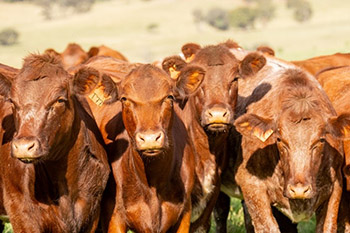
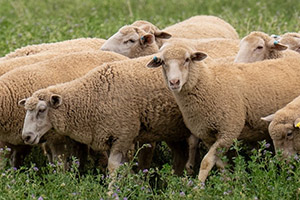
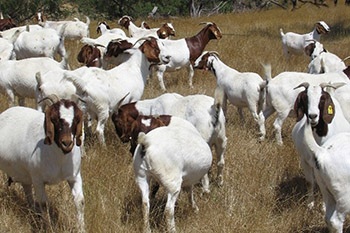

Preparing livestock for transport checklist
Successful livestock transport comes down to good preparation. MLA has compiled this checklist to help you follow best practice.
Top tips for livestock transport
Case studies
On the ground and on the road – hear from those involved in a wide range of roles within the livestock transport industry.

With the mercury dropping in southern parts of the country, sheep and goat producers are urged to consider weather conditions and length of journey when preparing to transport livestock.

Mitchell’s Livestock Transport team manage many variables when planning journeys for the 650,000 cattle and 300,000 sheep they move throughout Australia each year. Managing temperature changes in transport is one of them.

When it comes to managing weaners, North Queensland producer Simon Terry says early education in yards and on trucks pays off.

Overcoming the complexities of transporting prime lambs across Bass Strait requires planning, clear communication, good relationships and a flexible approach.

Around 80 producers and industry personnel travelled four to five hours to attend a relatively remote AgForce and Meat & Livestock Australia (MLA) field day which showcased a state-of-the-art loading ramp at Amber Station, Mount Surprise in North Queensland.

Cattle welfare is a key focus for Bindaree Food Group. This commitment extends beyond their own facilities through to each animal’s treatment on supplying farms and while preparing cattle for transport.

David Scott had an accident while loading cattle. It cost him his business, triggered seven operations and could have killed him. “One single, sliding gate could have changed everything.” David said.
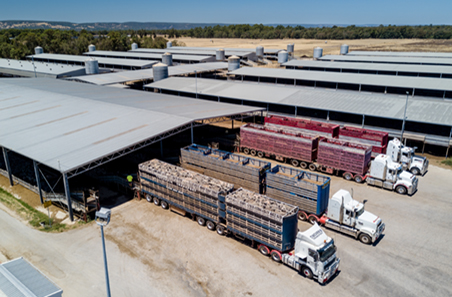
This month marks one year since MLA’s Transport Hub was launched at the combined Livestock and Rural Transporters of Queensland/Australian Livestock and Rural Transporter’s Association Conference in Toowoomba.
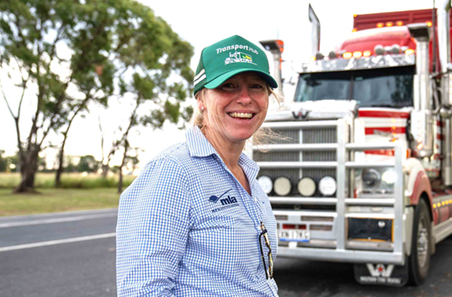
Meat & Livestock Australia (MLA) has formed a Transport Sustainability Taskforce with red meat supply chain representatives to measure animal movement and animal welfare metrics for the livestock road transport industry.

This video encapsulates and shares the complexities and considerations for all involved when preparing and moving livestock. It centres around the top tips for livestock transport.
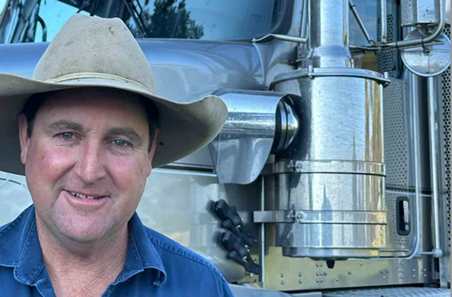
Truck driver John Matthewson is no stranger to the red meat industry. He's now a producer and owner of livestock transport company BeefTrans.
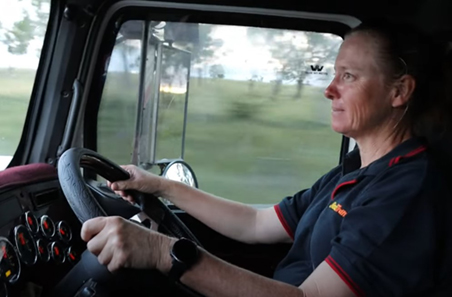
A single source of resources and best practice advice related to preparation for livestock transport in Australia.
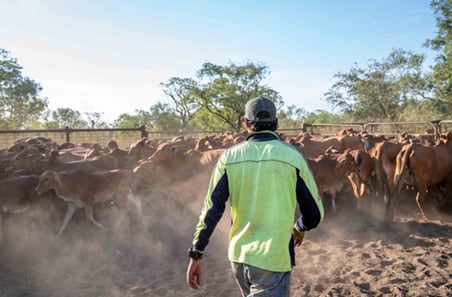
When unprepared, the change in climate and feed, as well as shock from travel, can cause a lag in growth and weight loss in cattle. For producers like Sean D’Arcy from the Gascoyne region, it’s taken years of work to ensure this doesn’t negatively impact productivity and profitability.

Alex McGorman created the ‘Crap Loading Ramps Australia’ Facebook group to drive important change around animal welfare and on-farm safety.
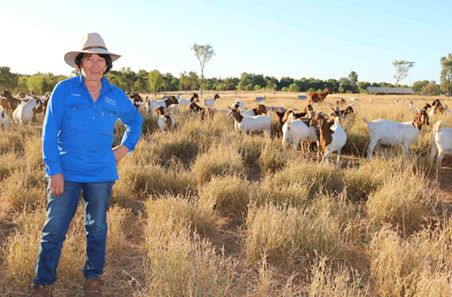
Taking time to familiarise weaner goats with handling, loading and transport can pay dividends, according to Queensland grazier Glenda Henry.
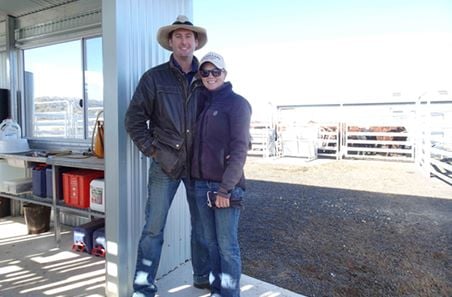
For beef and wool producer Greg Wright and his wife Joanne, maintaining good relationships with carriers and preparing according to livestock type are important considerations for transport.
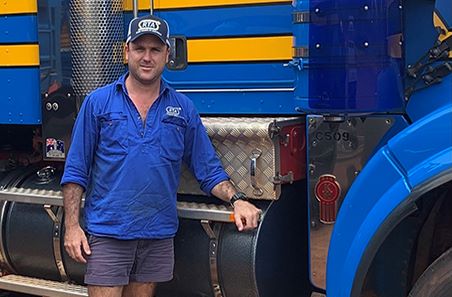
As one of Australia's largest transport companies, RTA says communication and timing are key when carting cattle.

Alina Hawkins from the Livestock and Rural Transporters Association of Victoria provides her top tips for producers in the 48 hours before loading livestock.
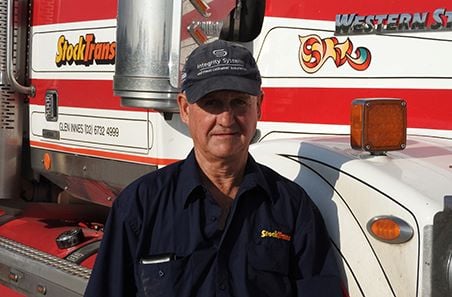
With 58 logbooks under his belt Graham Sharman says transporting livestock comes down to good preparation.
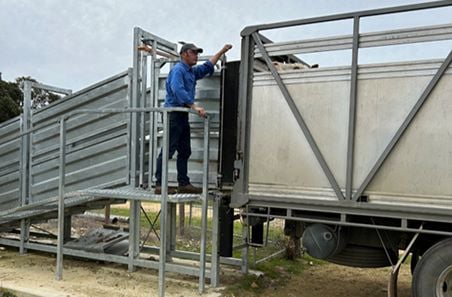
When buying stud bulls and rams, Lachy Day says preparing for the journey home can help to minimise stress, optimise fertility and keep the animals in the best condition for working.
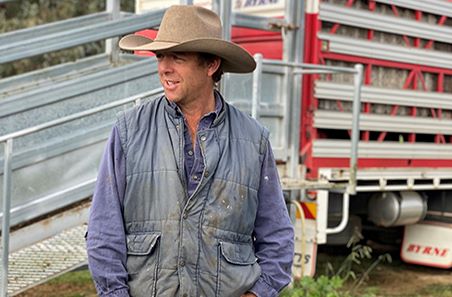
New England beef producer Lock Rogers discusses how good preparation keeps cattle in condition for transport.
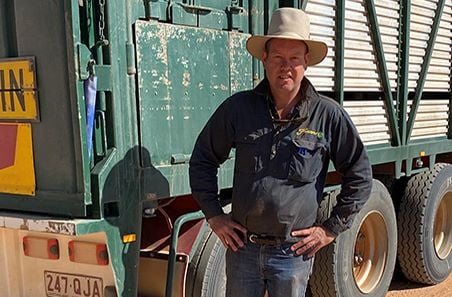
Athol talks about how the livestock industry can work together to meet consumer expectations.
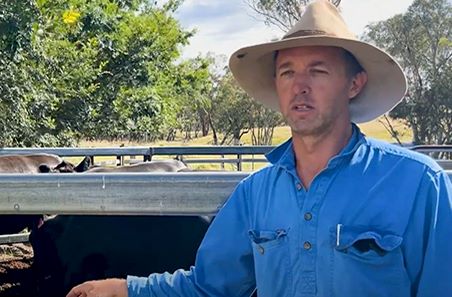
Carting heavy cows 13 hours in the drought Jim discussed preparation with his driver and had no issues in transport.
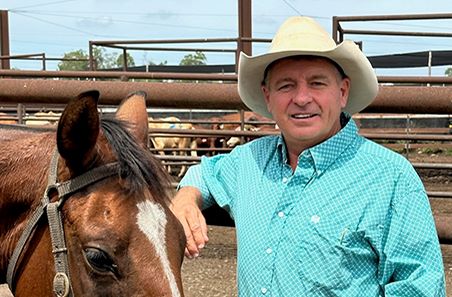
Rick uses data he has collected to demonstrate the cost of poor stock handling on animal health and the bottom line.
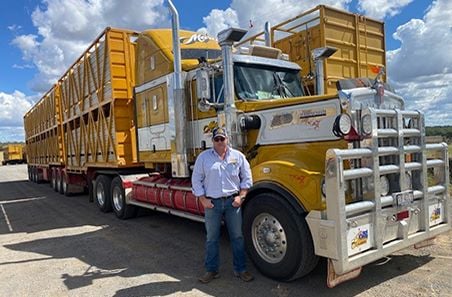
Adam discusses how to preserve the quality of livestock in transport.

Rob Inglis says Elders Feeder Ready program supports producers to set weaner cattle on the path to productivity.
Loading densities table


Information tailored to you
Everyone in the red meat supply chain plays a role in safe, humane livestock transport. Find information below to help you play your part.
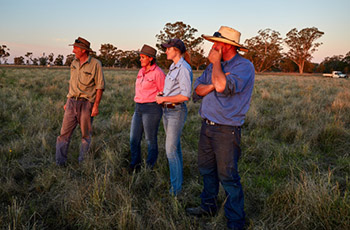
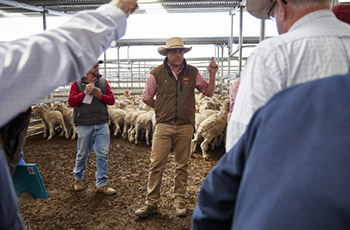
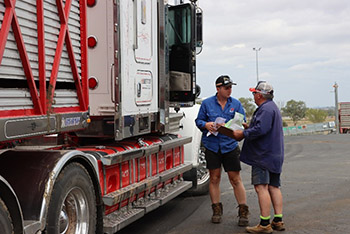
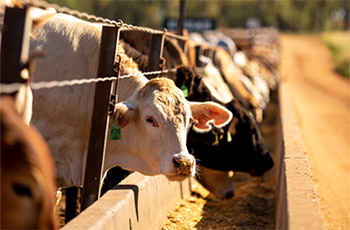
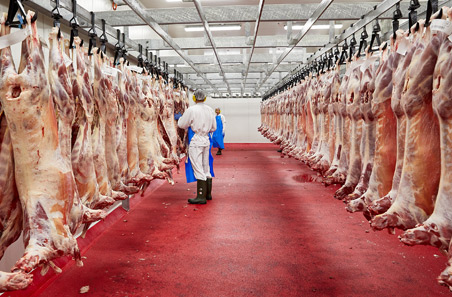
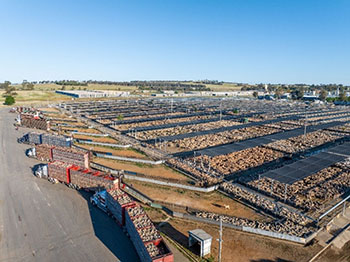
For information on transporting other species, visit the Australian Animal Welfare Standards and Guidelines Land Transport of Livestock.
Industry vision
By 2028, all players in the Australian livestock industry will know and act on their livestock transport responsibilities to achieve world-class outcomes for livestock and supply chain partners, with data to back it up.
Knowing your responsibilities
Under Australian law, there is a chain of responsibility for livestock welfare that needs to be adhered to. In the chain of responsibility, the producer, or their representative, is the consignor.
The chain of responsibility for livestock welfare in the transport process includes:
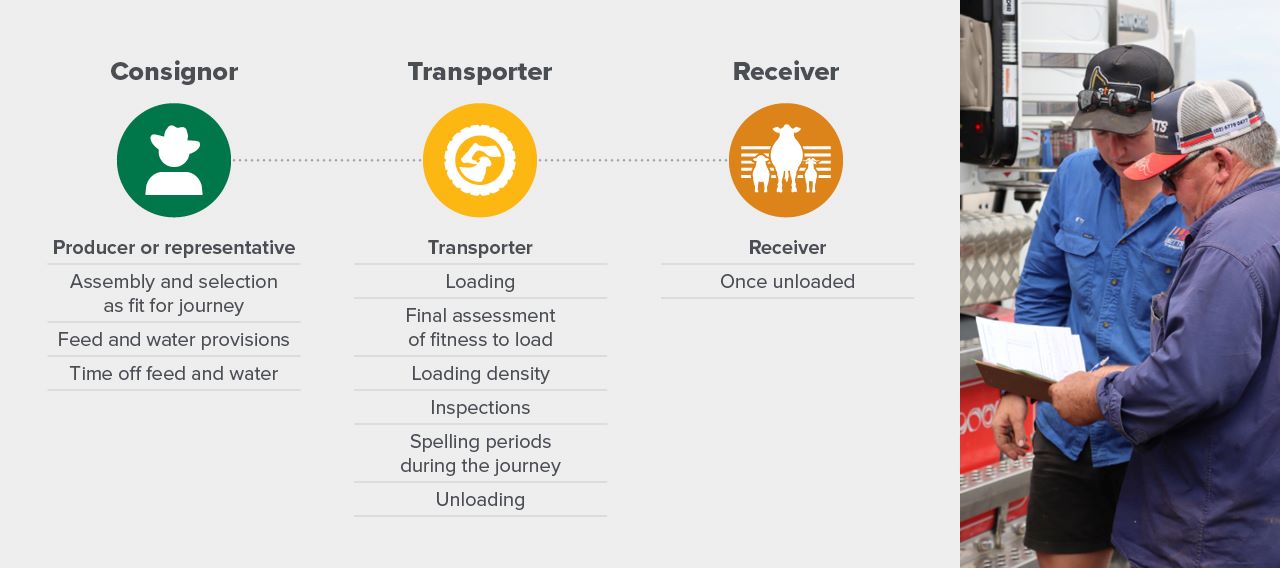
Livestock transport regulatory advice
National Heavy Vehicle Regulator Livestock transport roles and responsibilities
Understand your requirements in the chain of responsibility when transporting livestock by road with the Livestock Regulatory Advice
Time off water and spelling periods
